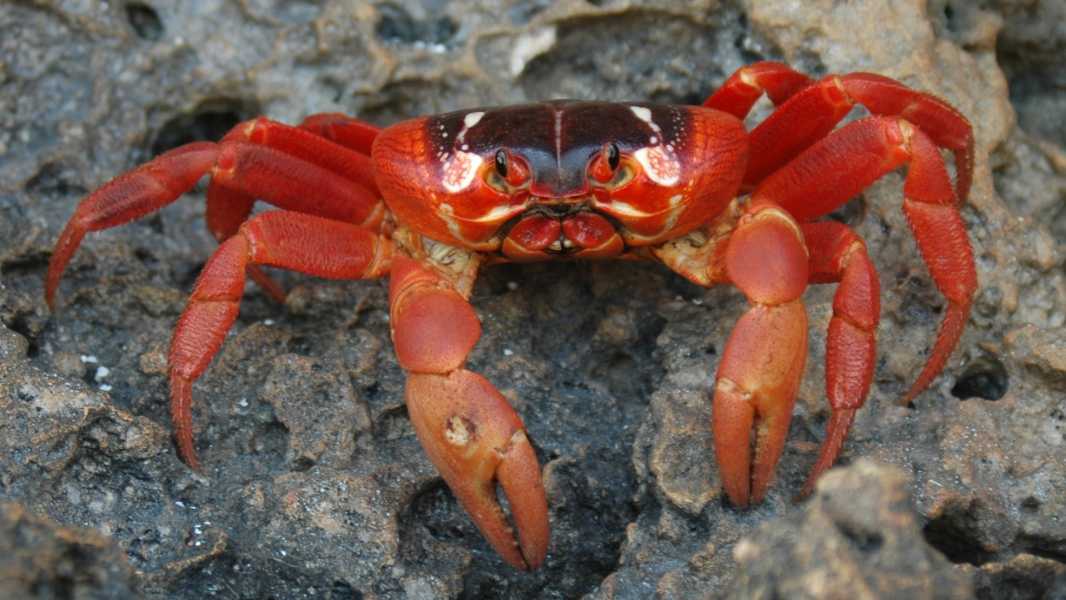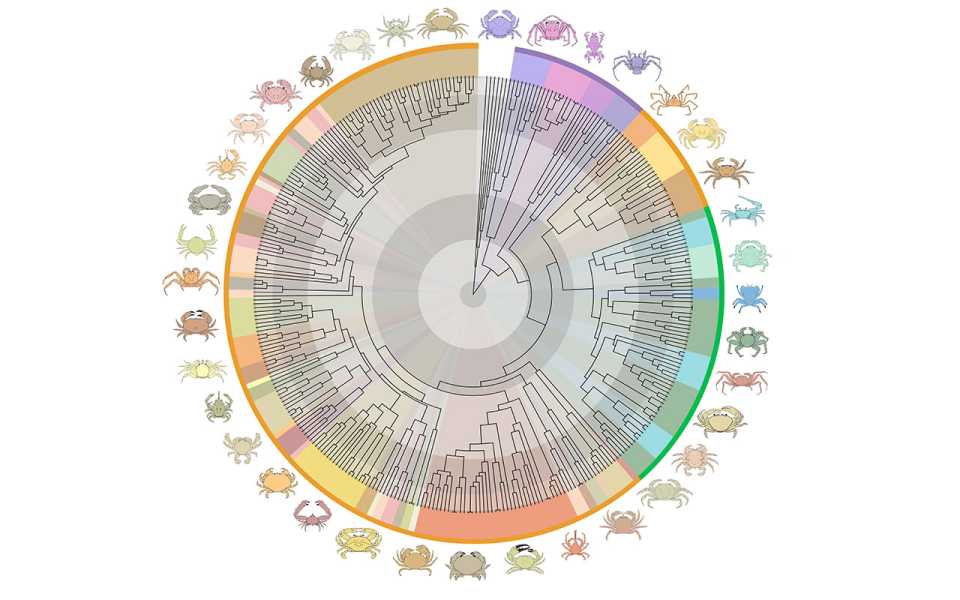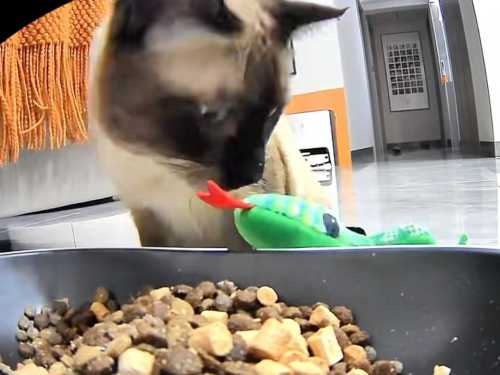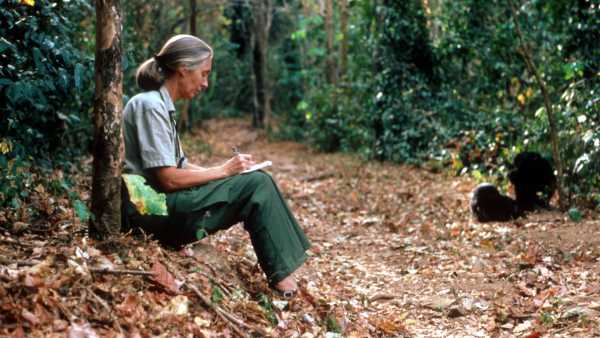
Christmas Island red crabs (Gecarcoidea natalis) are a species of true crab that live on land.
Researchers have found that crabs have undergone a long evolutionary process, moving back and forth between marine environments and land multiple times over the past 100 million years.
A new study published Nov. 6 in the journal Systematic Biology found that true crabs (Brachyura), which include 7,600 species in 109 families, have evolved to move from marine habitats to land seven to 17 times. (True crabs are distinct from other crustaceans that have evolved crab-like body shapes.)
They also found that in two or three cases, the crabs returned to the sea from land. “Going from land to water 100 percent of the time is more challenging,” lead author Joanna Wolf, a researcher in organismal and evolutionary biology at Harvard University, told Live Science.
Most arthropods left the ocean only once during an evolutionary change more than 300 million years ago, in a process called terrestrialization.
In the new study, the researchers set out to find out how often and when true crabs left the marine environment and came onto land. To do this, they compiled three new databases for 333 true crab species from 88 families, including both marine and non-marine groups.
Using the entire available fossil record of crabs, the researchers used two mapping approaches: one for crabs that migrate from a purely marine environment to land directly via intertidal zones such as beaches, and a second for species that migrate from a purely marine environment to land indirectly, via estuaries, freshwater, riverbanks, coastal forests, and jungles.
Their findings allowed the team to classify each crab species along a terrestriality gradient — or how well they adapted to life on land. Using techniques originally developed to study viruses like COVID-19, the researchers determined the timeline of crabs’ true evolution.
Their findings suggest that true crabs evolved about 45 million years earlier than previously thought, and may date back to the mid-Triassic period (251.9–201.3 million years ago), making them as ancient as some of the earliest known dinosaurs.

Summary of phylogeny and divergence time estimates for true crabs, coloured by taxonomic superfamilies.
They left the ocean between seven and 17
Sourse: www.livescience.com





